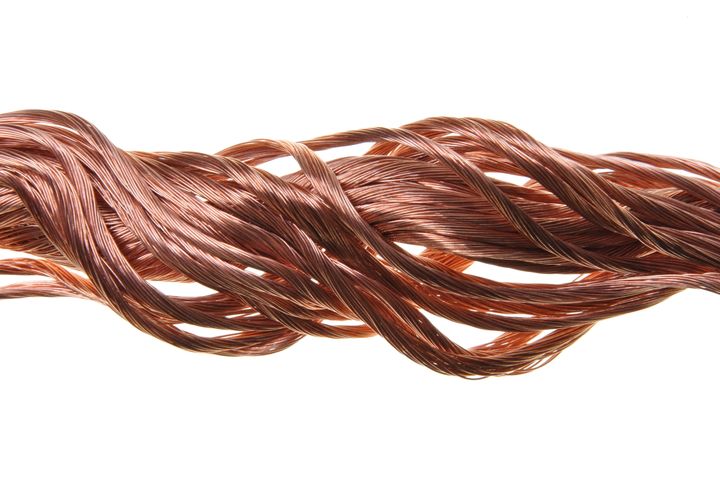
Copper is not a rare mineral, but it has a rare property: foresight. Pundits have often turned to the price of the orange metal as a reliable indicator of near-term economic direction. Conflicting signals of the economy's current path are confusing many. Are copper prices shedding any light on the issue?
Their recent performance suggests we should pay attention. Copper prices soared in 2006, presaging the global economy's multi-year growth frenzy at the tail end of the protracted expansion. Copper wasn't caught off-guard by this excessive growth, successfully predicting the coming recession in a colossal 66 percent price plunge that began in mid-2008. Again ahead of the curve, copper foresaw the boost from global stimulus in an early-2009 price revival. Many economists were green with envy.
Since then, the record has been checkered. A copper price rally in the latter half of 2010 accurately predicted growing global momentum, which fizzled thanks to 2011's strange sequence of natural disasters. OK, it's hard for any pundit to predict acts of God. But it seems in the aftermath that copper lost its nerve. Although the economy and other leading indicators have since shown positive movement, copper has been range-bound at the $3.60/lb level since mid-2011. However, in recent weeks, the price has tumbled 6 per cent. Should we worry?
Copper inventories offer a clue. Close to all-time lows from 2004-08, inventories led to extraordinary pre-recession price spikes and spurred speculation that we were running out of the stuff. Inventories almost tripled as recession hit, assuaging those fears, but doing little to keep prices at bay. Only as inventories headed back to more normal levels in mid-2011 did prices begin to stabilize. But since January, inventories skyrocketed to levels last seen in early 2010. Does this spell trouble?
Not according to other leading indicators. Barometers of the U.S. economy -- like housing, orders and the stock market -- are pointing up. Certain key emerging market signals are brightening. Glimmers of hope are even evident in Europe. So this time around, who is right?
A key threat to copper's stellar record is the unusual deluge of liquidity in the market at present. Since the crisis, successive rounds of interest rate cuts supplemented by ground-breaking quantitative easing programs have injected cash into the system that for the most part has not found its way into normal lending and investing activity. As such, it has been parked in various places in the market, one vehicle being commodities. If copper prices are indeed being distorted by this unprecedented activity, then it is quite likely that it has been thrown off its forecasting game -- at least temporarily.
Since quantitative easing has thrust economic and financial markets into uncharted waters, plotting the unwinding of these extraordinary measures is not trivial. If indeed the extra liquidity has distorted certain variables, among them copper prices, then withdrawal of the liquidity is likely to reverse the process. At the limit, this suggests that the coming global recovery could be the first where commodity prices -- and with them, the prescient copper price - actually decline. Copper's recent downturn could actually signal the start of this process.
The bottom line? Copper prices are down, but it is far too soon to panic. This time around, the price drop may actually hail recovery. For the moment, it is best to take into account the movements in other leading indicators, while keeping a close eye on this one.